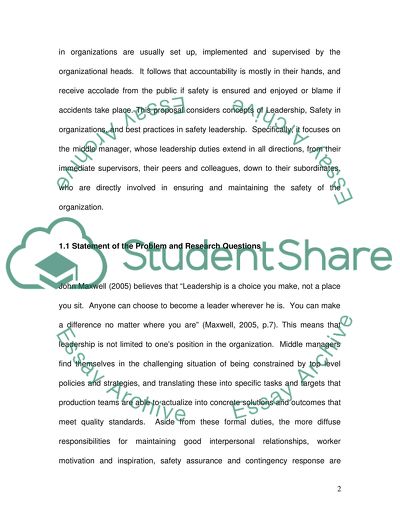Cite this document
(“Safety Leadership: the role of the middle manager in the construction Essay”, n.d.)
Retrieved de https://studentshare.org/engineering-and-construction/1391178-safety-leadership-the-role-of-the-middle-manager
Retrieved de https://studentshare.org/engineering-and-construction/1391178-safety-leadership-the-role-of-the-middle-manager
(Safety Leadership: The Role of the Middle Manager in the Construction Essay)
https://studentshare.org/engineering-and-construction/1391178-safety-leadership-the-role-of-the-middle-manager.
https://studentshare.org/engineering-and-construction/1391178-safety-leadership-the-role-of-the-middle-manager.
“Safety Leadership: The Role of the Middle Manager in the Construction Essay”, n.d. https://studentshare.org/engineering-and-construction/1391178-safety-leadership-the-role-of-the-middle-manager.


